The Most Popular Japanese Flower Meanings
Japan is one of the very few countries in the world where the past and the future coexist harmoniously. Being one of the largest economic nations in the world doesn’t prevent Japan from maintaining its rich, enviable culture heritage and traditional norms. By that being said, in this article, we want to introduce you another beauty of Japanese tradition, which is the language of flower or hanakotoba. Throughout history, the Japanese have used flowers as a form of unspoken communication. Such flowers have the power to invoke powerful emotions. They have ingrained in Japanese culture and customs. Despite gradually disappearing, floral language still makes its appearance in modern cultures such as anime and manga. Now let’s find out the most popular Japanese flower meanings.
Top 19 Japanese Flowers And Their Meanings
1. Sakura (Cherry blossom)
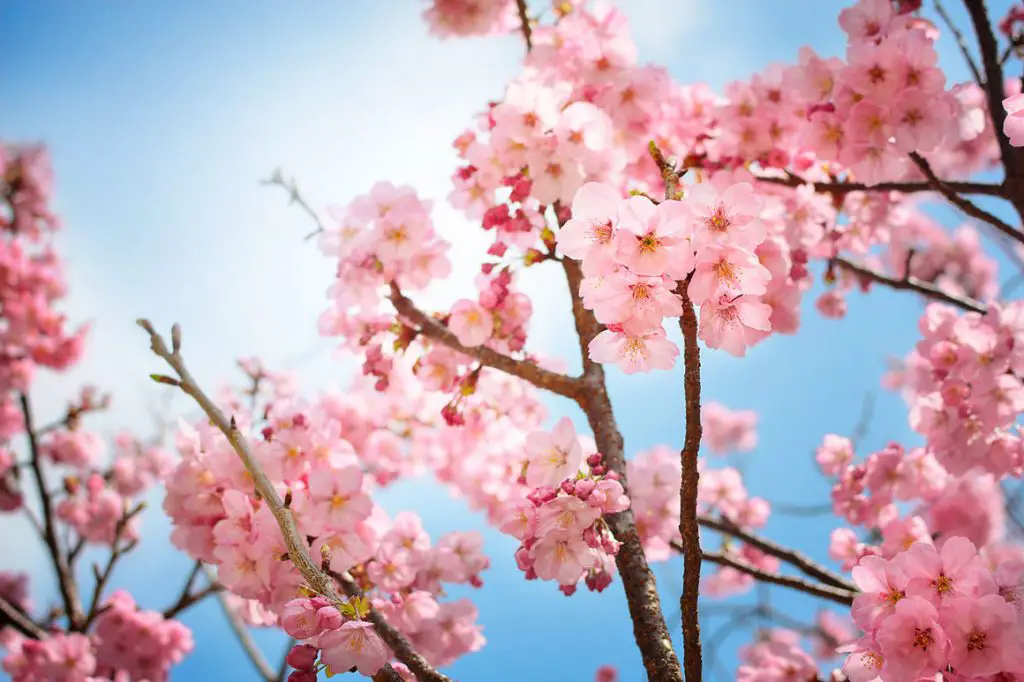
Cherry blossom or sakura – symbol of Japan
Sakura or cherry blossom is one of the symbolic icons of Japan, along with Fuji Mountain and samurai. It’s considered to be the most beloved flower chosen by Japanese people and is used for all kinds of thing: cosmetic, flavor, decoration,… Cherry blossom season is spring, when many festivals are held and families often sit under the tree enjoying flower viewing together. In Hanakotoba, they indicate a pure, gentle heart as well as accomplishment.
2. Tsubaki (Camellia)
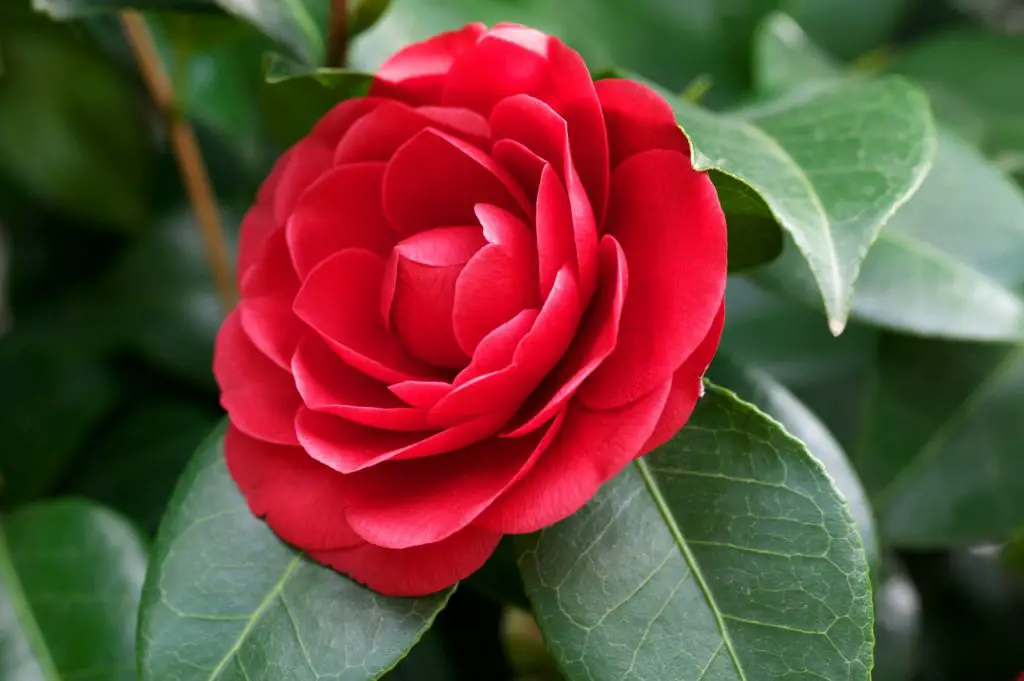
Red camellia symbolizes admiration, respect or love
The next famous flower in Japan is Tsubaki or Red Camellia. This flower is classified as noble flower during Edo period. During that time, Red Camellia represented a noble death as for warriors and samurai. For that reason, they symbolize admiration, respect or love. In addition, camellia is not a good present for sick people because of the way the flower “behead” themselves when they die, which the Japanese consider it a bad luck.
3. Ajisai (Hydrangea)
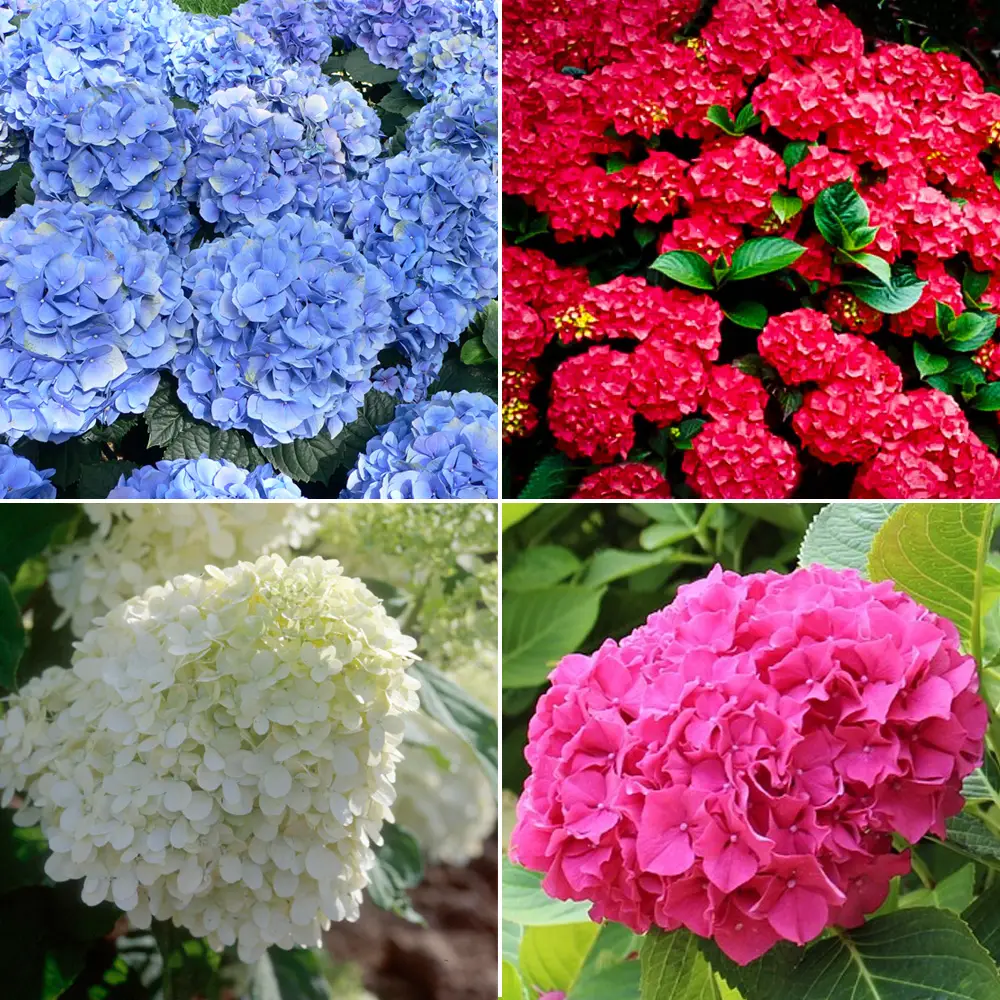
Hydrangea is a very popular flower in South East Asia, having diverse color.
Hydrangea or known as Ajisai in Japan is a very popular flower in South East Asia. The diversity in color ranging from blue, green to light pink makes this kind of flower eye-catching. Contrast to its beauty, hydrangea doesn’t have a good meaning. In Japanese flower meanings, it symbolizes heartfelt emotions, but in negative sense: heartlessness and frigidity.
4. Kikyou (Bellflower)
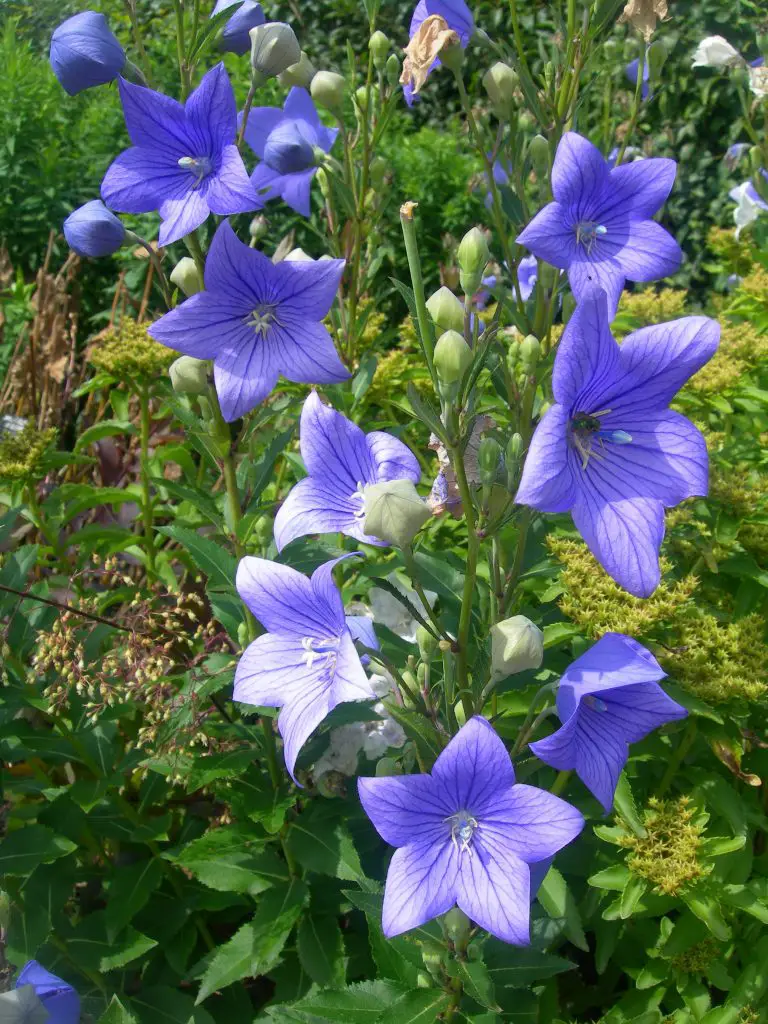
Kikyou means endless love and honesty.
Another native flower to South East Asian countries like Japan, China and Korean. Kikyou means endless love and honesty.
5. Kiku (Chrysanthemum)
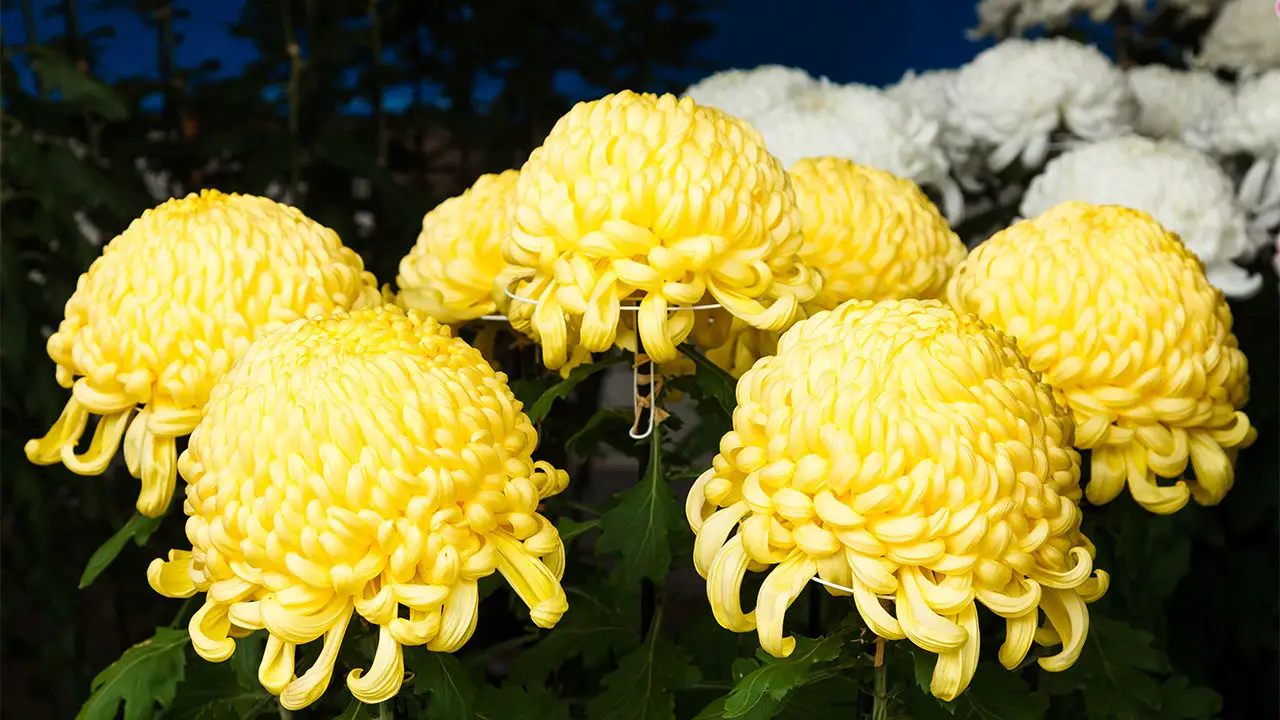
The chrysanthemum: the flower of emperors
Chrysanthemum or mum for short is originated from China but has long been a symbol of Japan, especially for Imperial Family. Having noble connotation, kiku has been on the Japanese Imperial Family’s crest for generations. In Japanese, kiku has completely contrast meanings, both purity, truth and grief at the same time. Therefore, this flower is usually used in funerals.
6. Suisen (Daffodil)
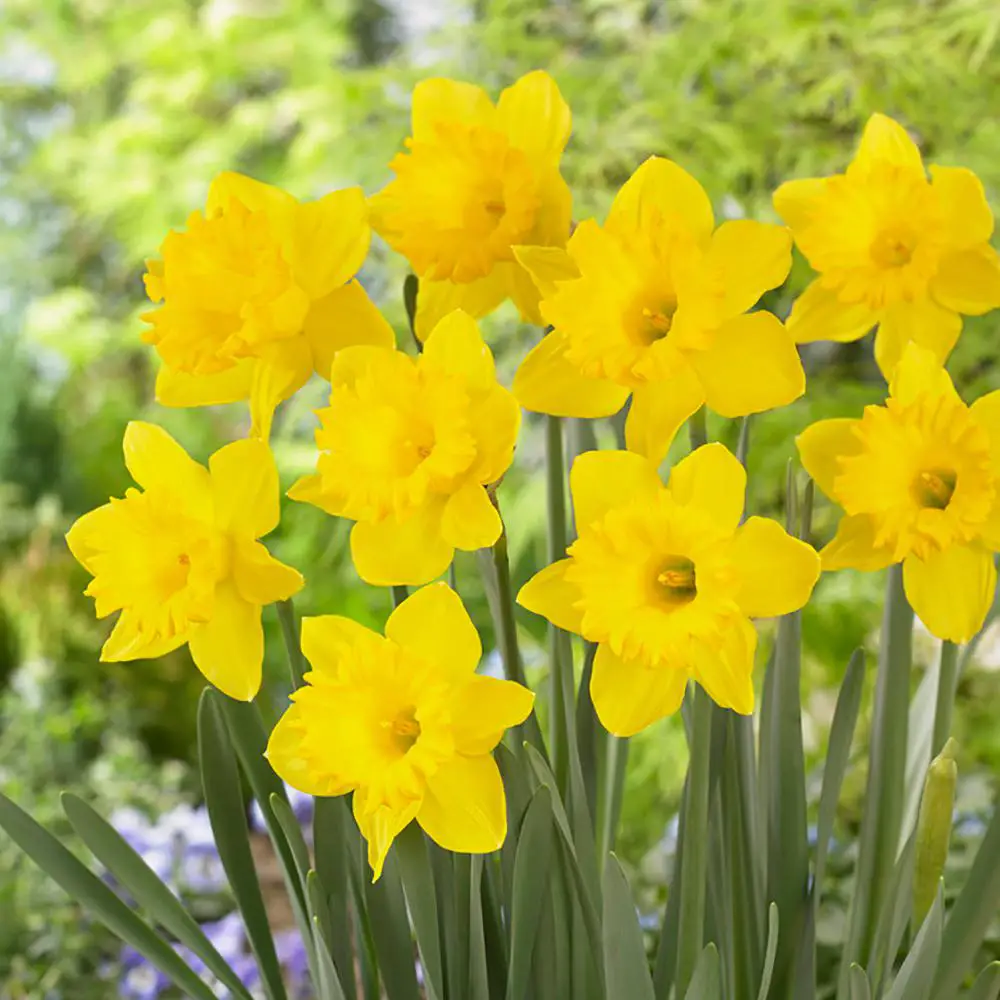
The bright color of Daffodil under sunlight.
Despite being a famous Japanese flower name, Suisen or Daffodil was originally from Europe and Northern Africa. They came to Japan about 700 years ago. In hanakotoba, this flower is a symbol of respect.
7. Fuji (Wisteria)
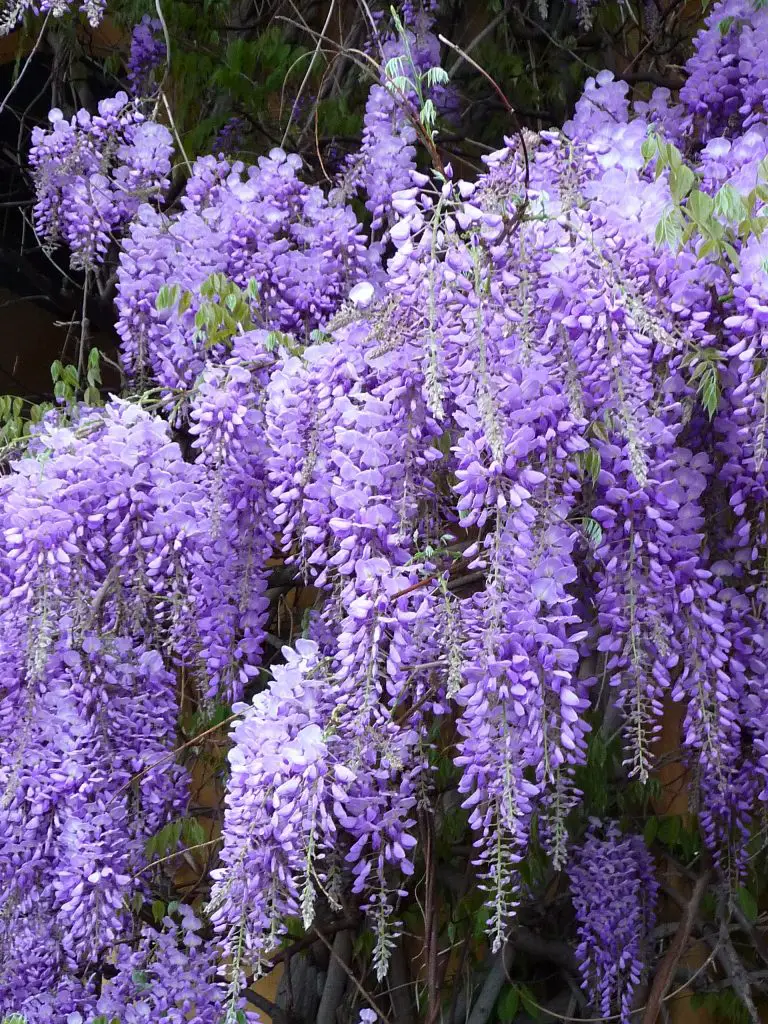
The fairy color of wisteria.
Wisteria is a spring flower growing on woody, trailing vines. The color of wisteria is a combination of white and purple, which is favourite color for most girls. For that reason, wisteria is used for fashion patterns particularly kanzashi and kimono. The meaning behind this beautiful flower is nobility; as in the past, commoners were forbidden from wearing color purple.
SEE MORE:
8. Ume (Plum blossom)
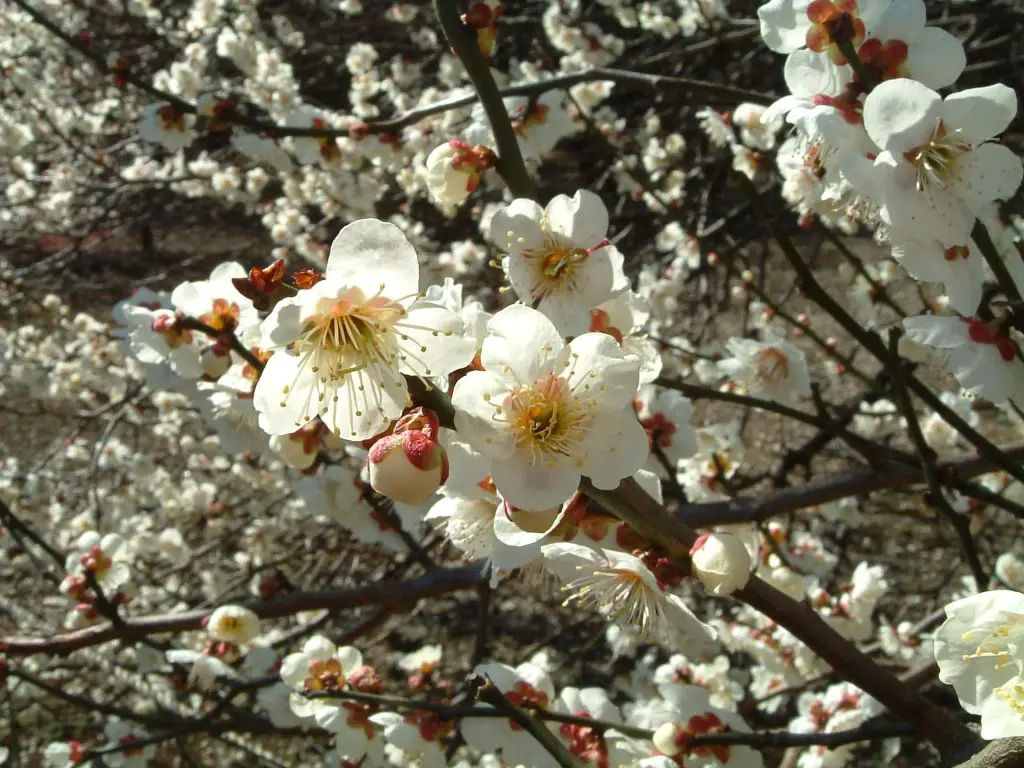
Ume flower indicates elegance and loyalty in floral meaning.
Legend has it that a Japanese official diplomatic delegations during the Sui dynasty brought this tree back to Japan from China. Ume flower is often related to apricot tree, whose fruits are eatable. In flower meaning, ume flower indicates elegance and loyalty.
9. Higanbana (Red spider lily)
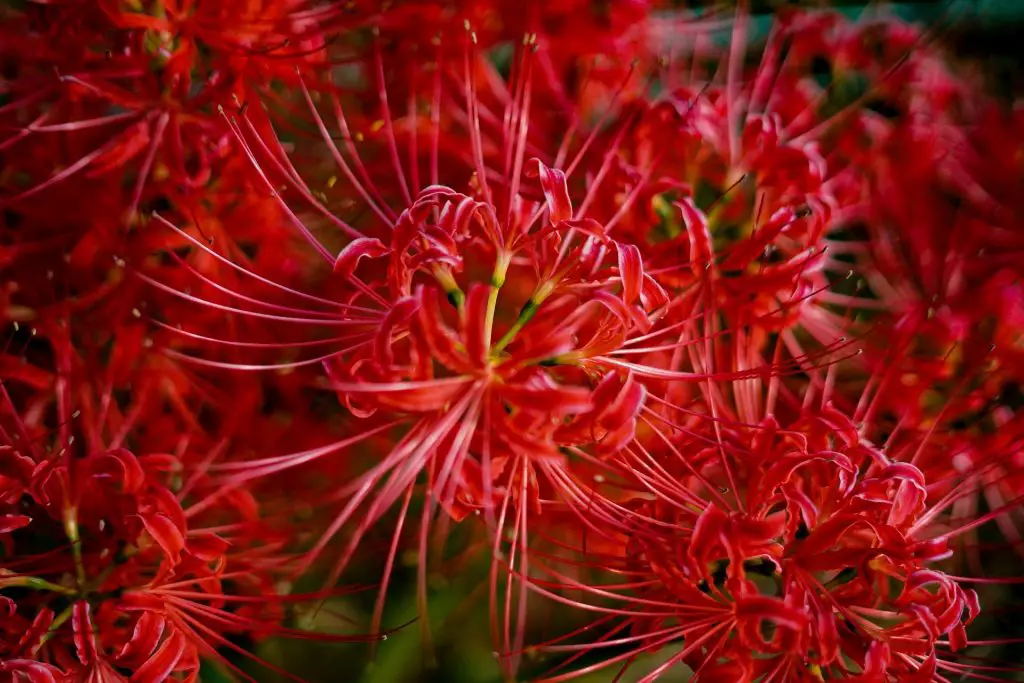
Red spider lily and meaning behind its scary name.
Despite having quite a scary name, Higanbana conveys a very meaningful connotation. Throughout the history, higanbana was planted at the edges of cemeteries in order to keep animals away. In Buddhist documents, the red spider lily helps to guide the dead through samsara, the cycle of rebirth. These are the reasons why red spider lily is related to death or final goodbye, but in a positive way: to pray for the salvation of the soul. It’s a common belief that this flower will grow, wherever people part ways for good.
10. Suitopi (Sweet pea)
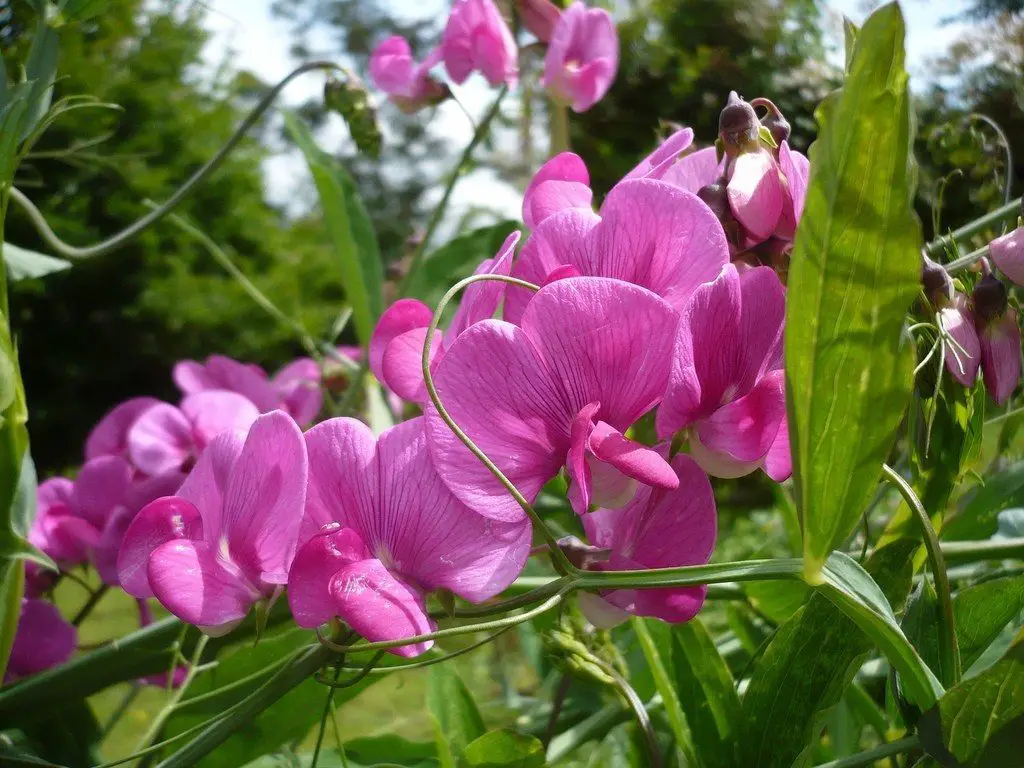
Sweet pea flower is purely used as decoration in flower bouquets nowadays.
Suitopi is native flower to Italy and arrived in Japan during the 20th century. In Japanese meaning, Suitopi symbolizes goodbye but it no longer carries this meaning in modern days. Instead, sweet pea flower is purely used as decoration in flower bouquets.
11. Himawari (Sunflower)
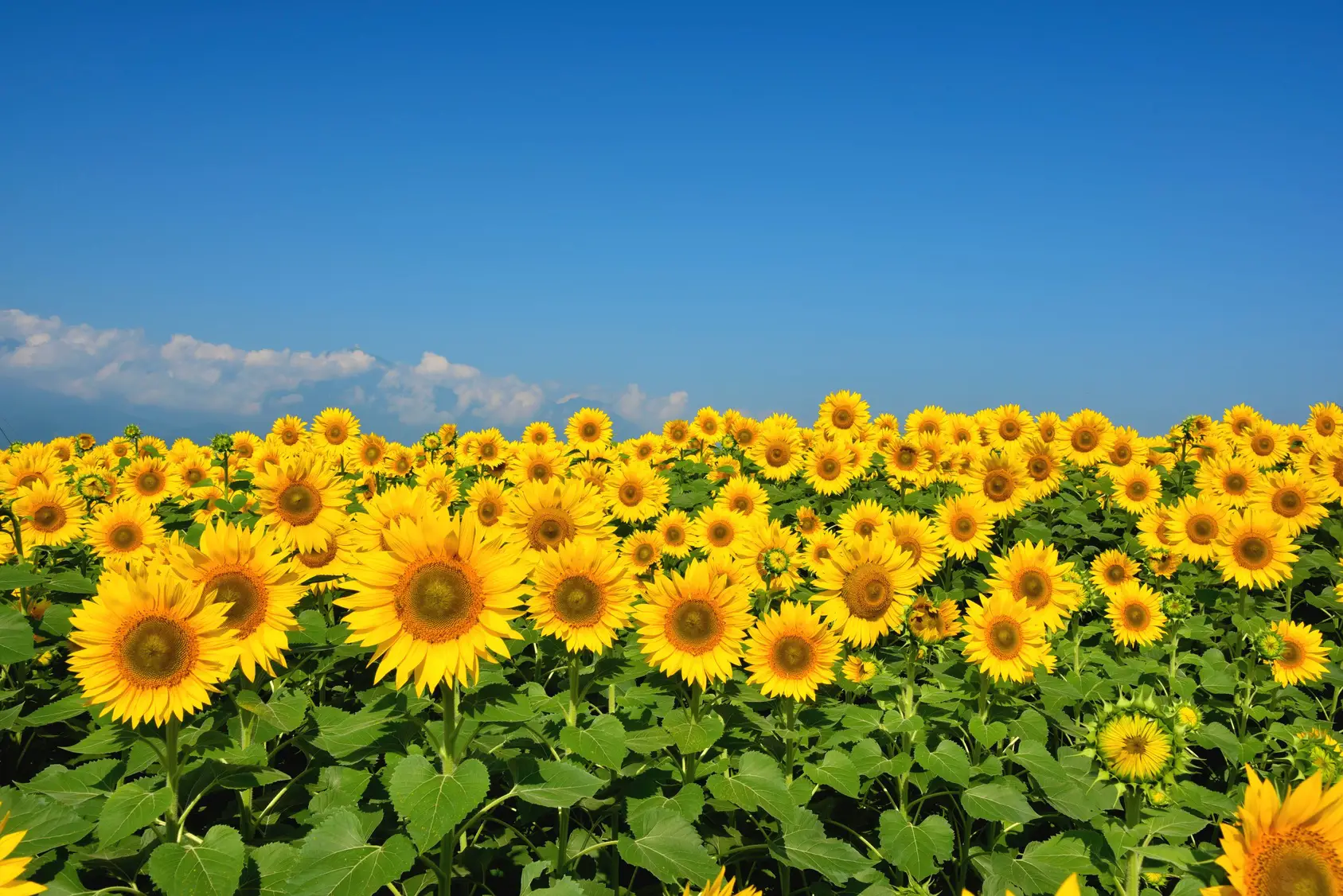
Sunflower – the king of flower.
If rose is queen of flower then sunflower will be the king. You can find sunflower in any countries around the world not only in Japan. As expected, sunflower with its brilliant yellow color like sunlight indicates radiant as well as respect in Japanese flower meanings.
12. Sumire (Violet)
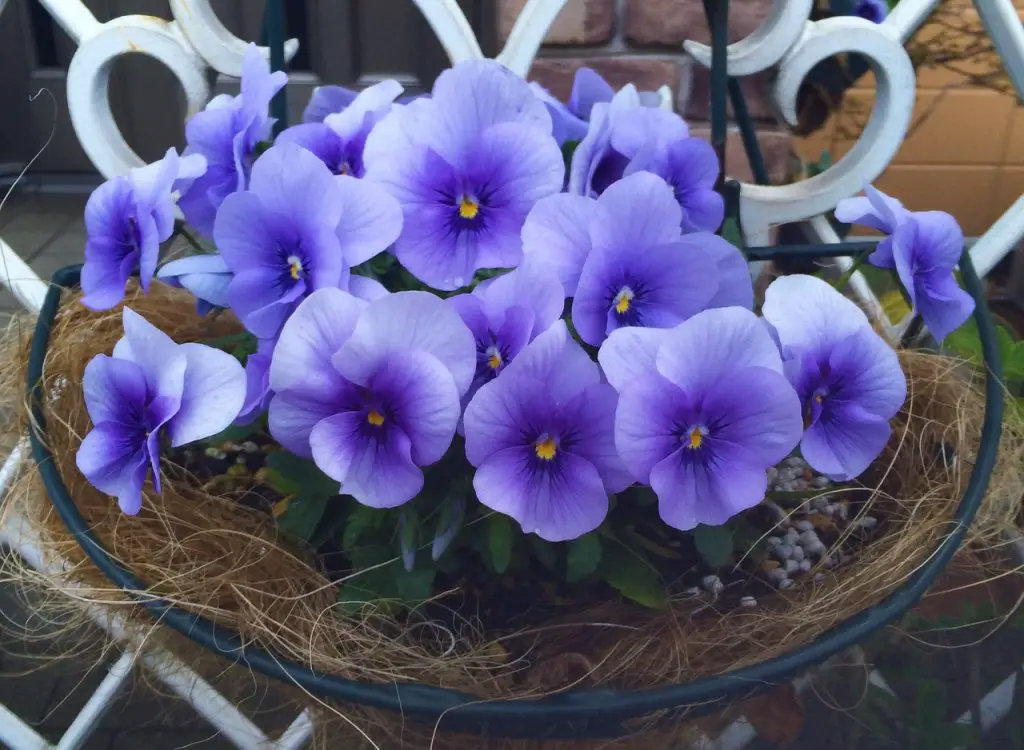
Violet or sumire means ink container in Japanese.
Sumire in Japanese means ink container (sumi – ink, ire – container). Why such a beautiful, purple flower has that weird name? It’s because the shape of the flower is similar to a carpenter’s ink container. In hanakotoba, sumire or violet indicates “small love” and sincerity.
13. Sakurasou (Primula siebolddi)
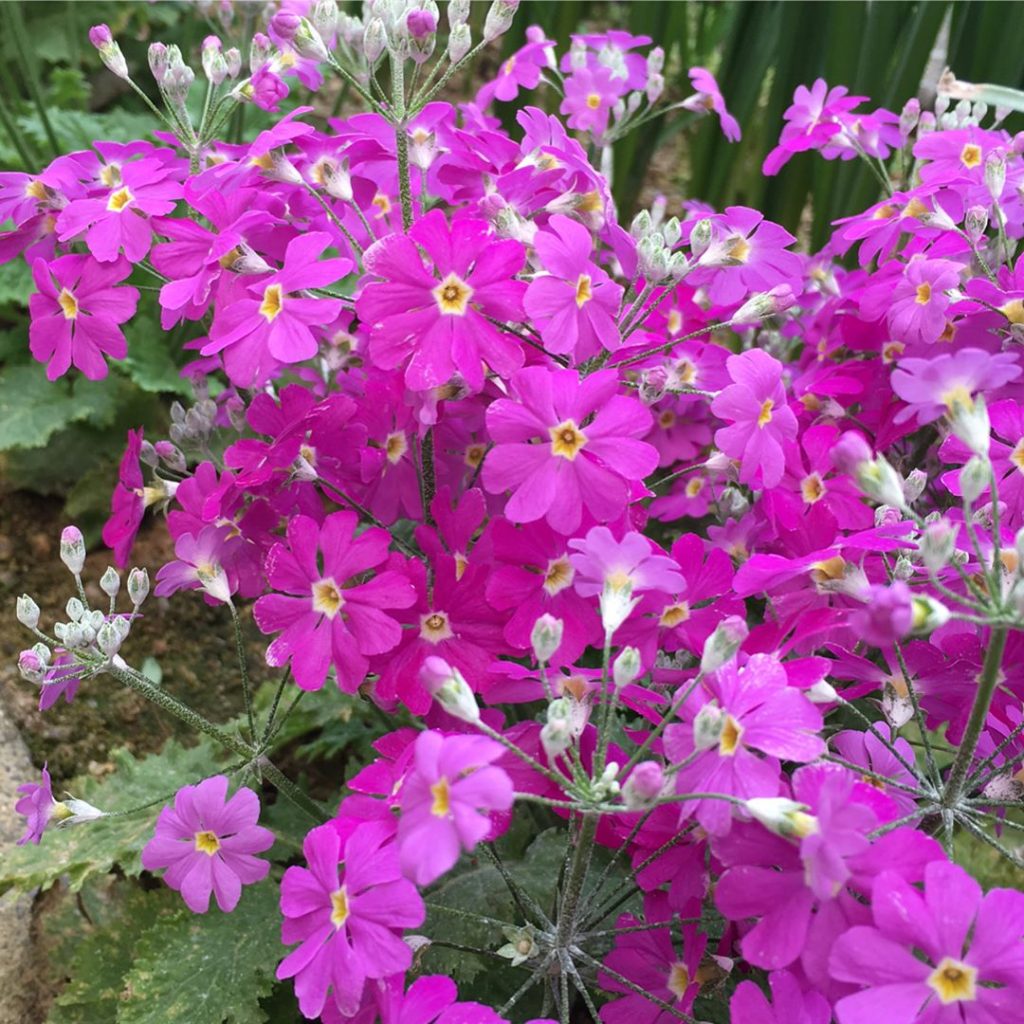
Sakurasou indicates a long-lasting love.
If you find the name of this flower similar to the iconic “Sakura” then you read it right. Sakurasou blooms in spring (just like sakura) and it looks quite like sakura. Maybe that’s the reason it’s named after the famous flower since Edo period. Sakurasou is very famous to lovers as it means desire or long-lasting love in Japanese floral language.
14. Asagao (Morning glory)
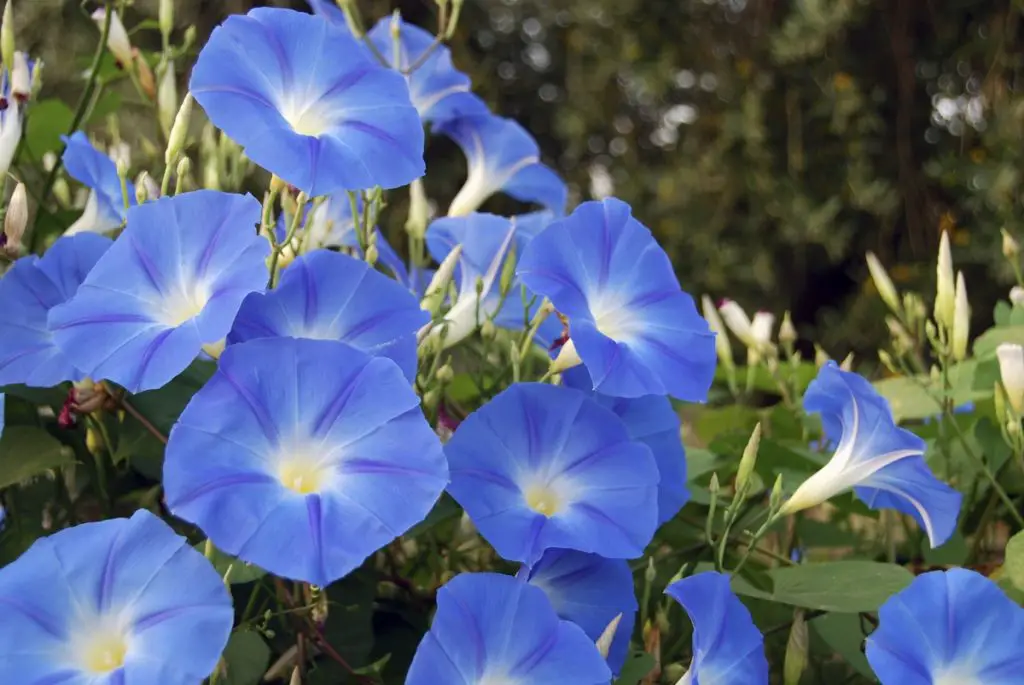
Agasao looks like mini, blue trumpet.
Just like its English name, asagao blooms in the early morning and cool weather. Asagao looks like a mini blue trumpet, which is commonly used in flower bouquets. As another popular flower for couples, Asagao has the meaning of “brief love” or “bond of love”.
15. Kinmokusei (Orange osmanthus)
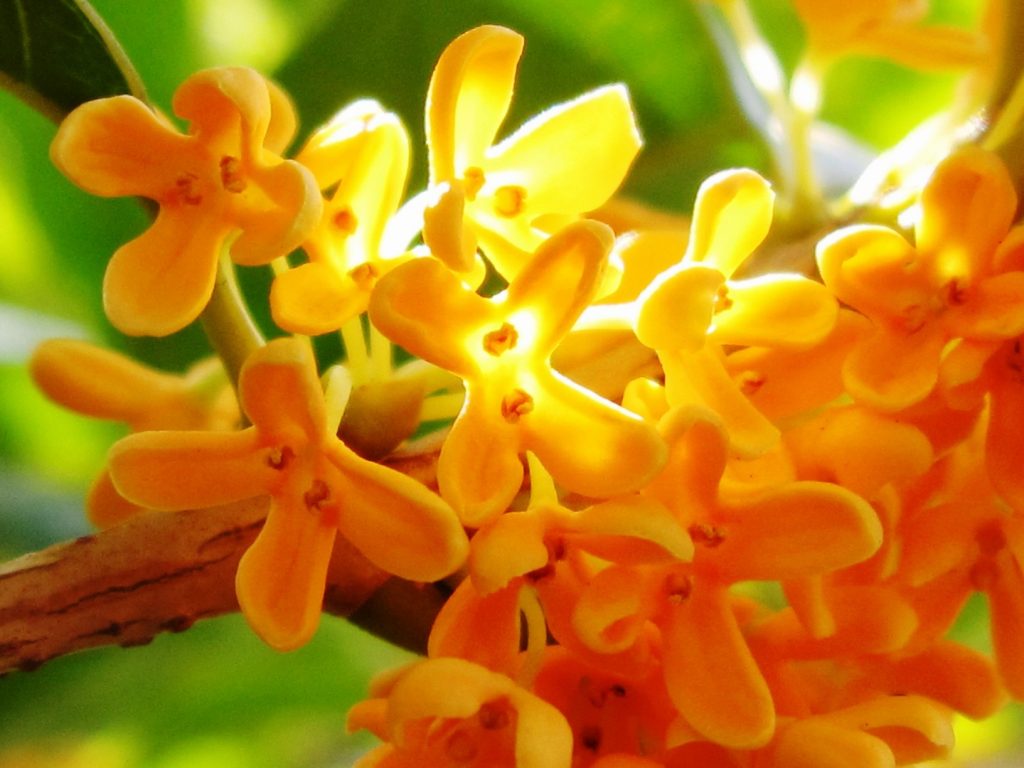
Orange osmanthus or Kinmokusei symbolizes truth and nobility.
Kinmokusei is native to China and was introduced to Japan in Edo period. As you can see, this flower has orange appearance as stated in its name and it symbolizes truth and nobility.
16. Kosumosu (Cosmos)
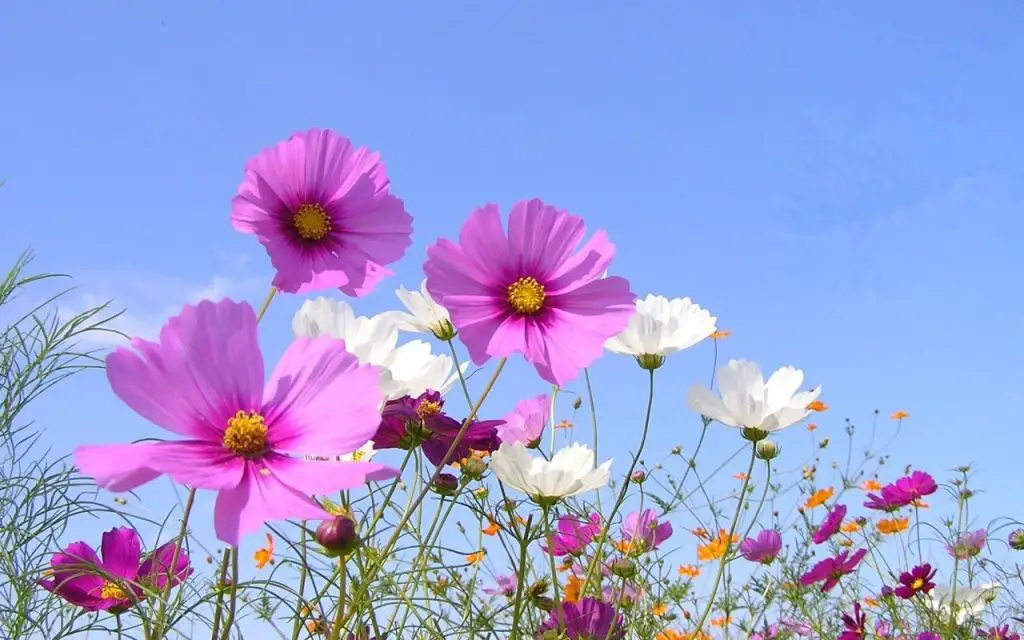
Kosumosu means “autumn sakura” in Chinese characters.
Another relative of the symbolic sakura – kosumosu or cosmos. Because of similar appearance to sakura, its name is written “autumn sakura” in Chinese characters. Moreover, the meaning of kosumosu is various, namely “maiden Japanese heart”, “cleanliness” or “love”
17. Kaneshon (Carnation)
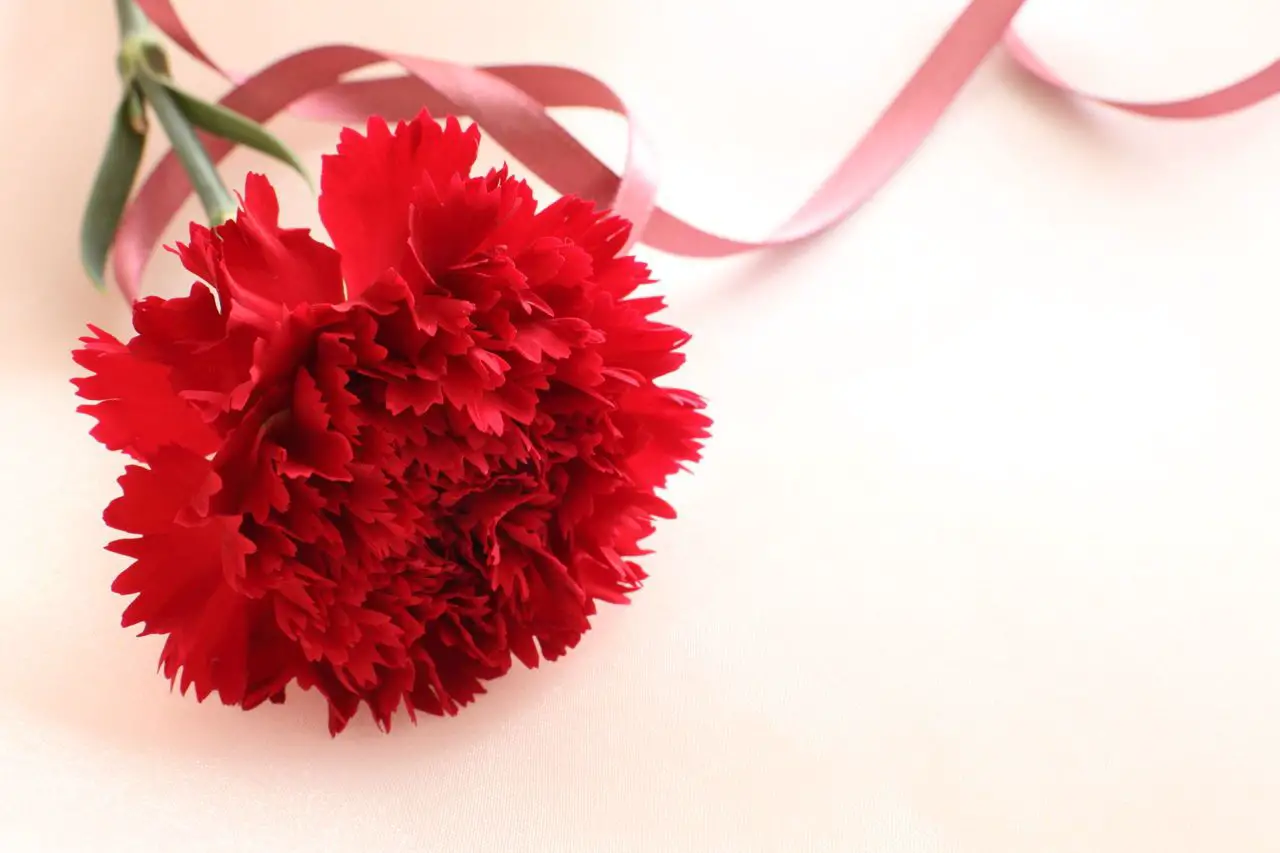
Red carnation…
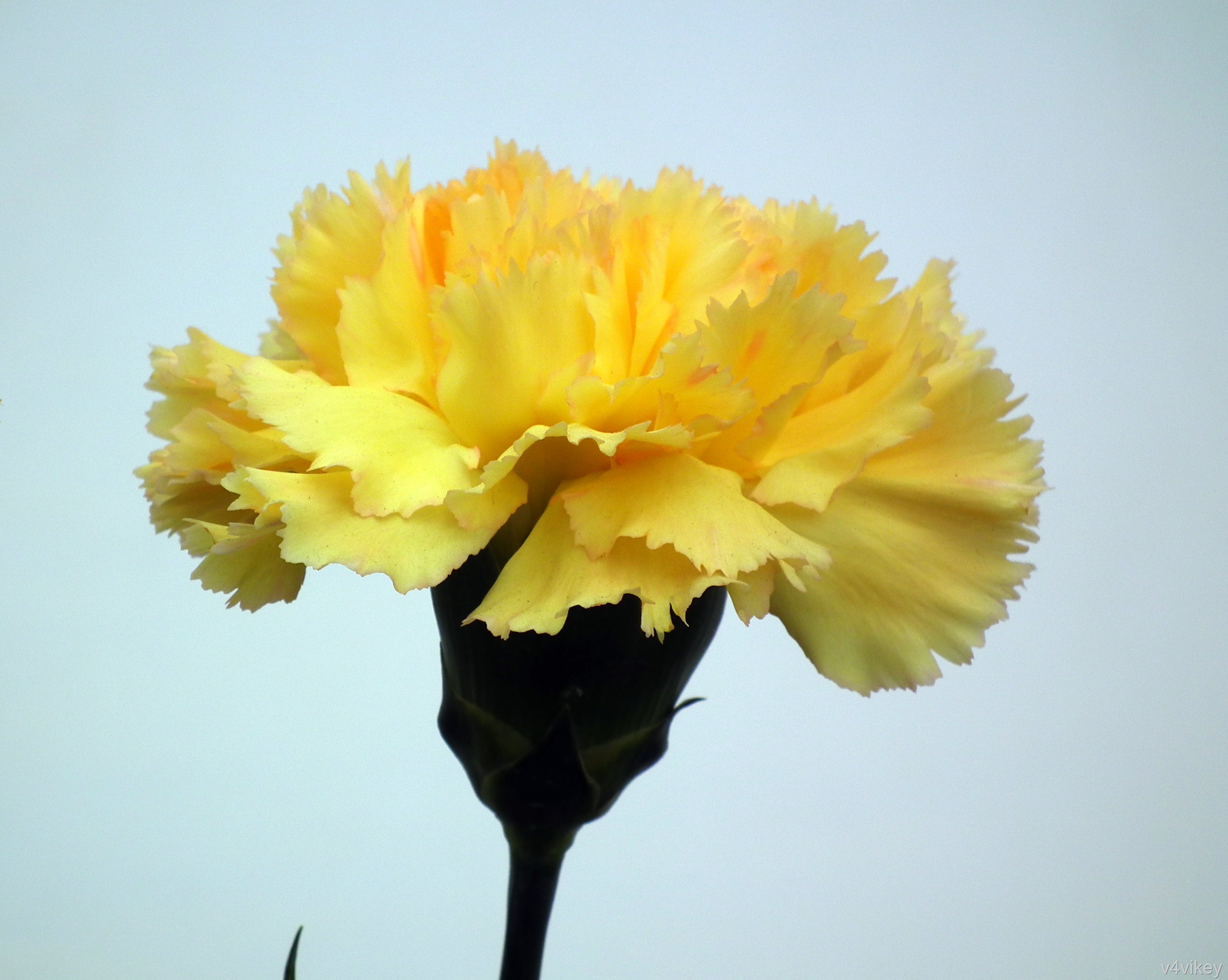
…and yellow carnation have completely contrast meaning.
Carnation has as many meanings as its colors. For example, red carnation is symbol of romantic love while yellow one has a completely contrast meaning: rejection. In addition, red kaneshon is also a common gift for Mother’s day in Japan.
18. Rose
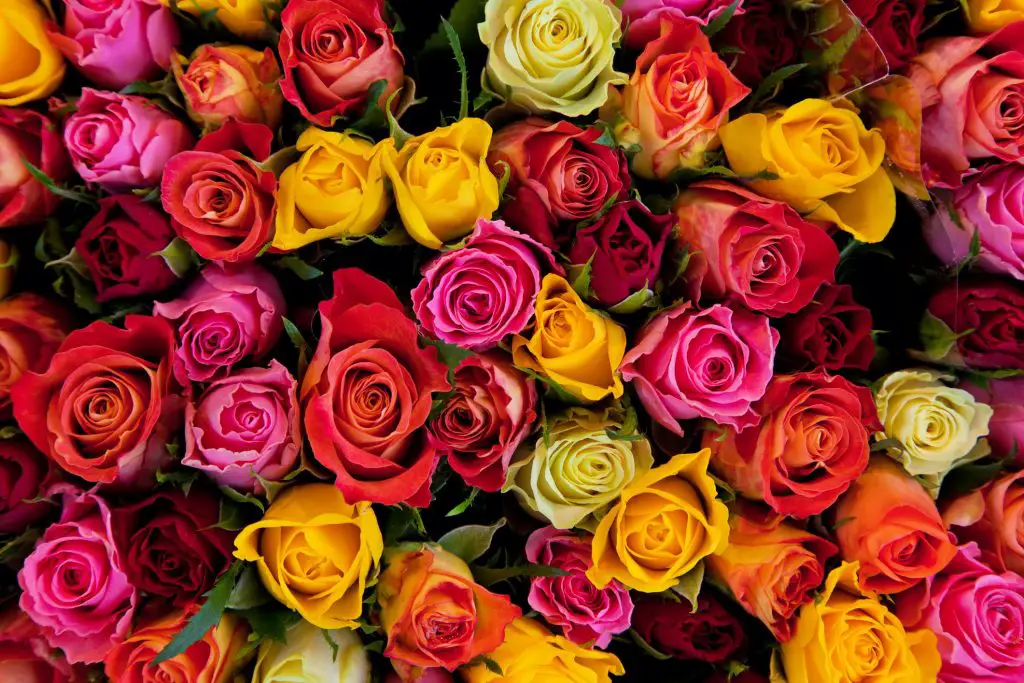
Meanings of rose are varying depending on its colors.
As the queen of flowers, rose never lets you down. In floral language, rose conveys hundred connotations depending on its color. Red rose is symbol of romance; white rose symbolizes innocence, devotion and silence in Japan; finally, yellow rose is related to jealousy.
19. Tulip
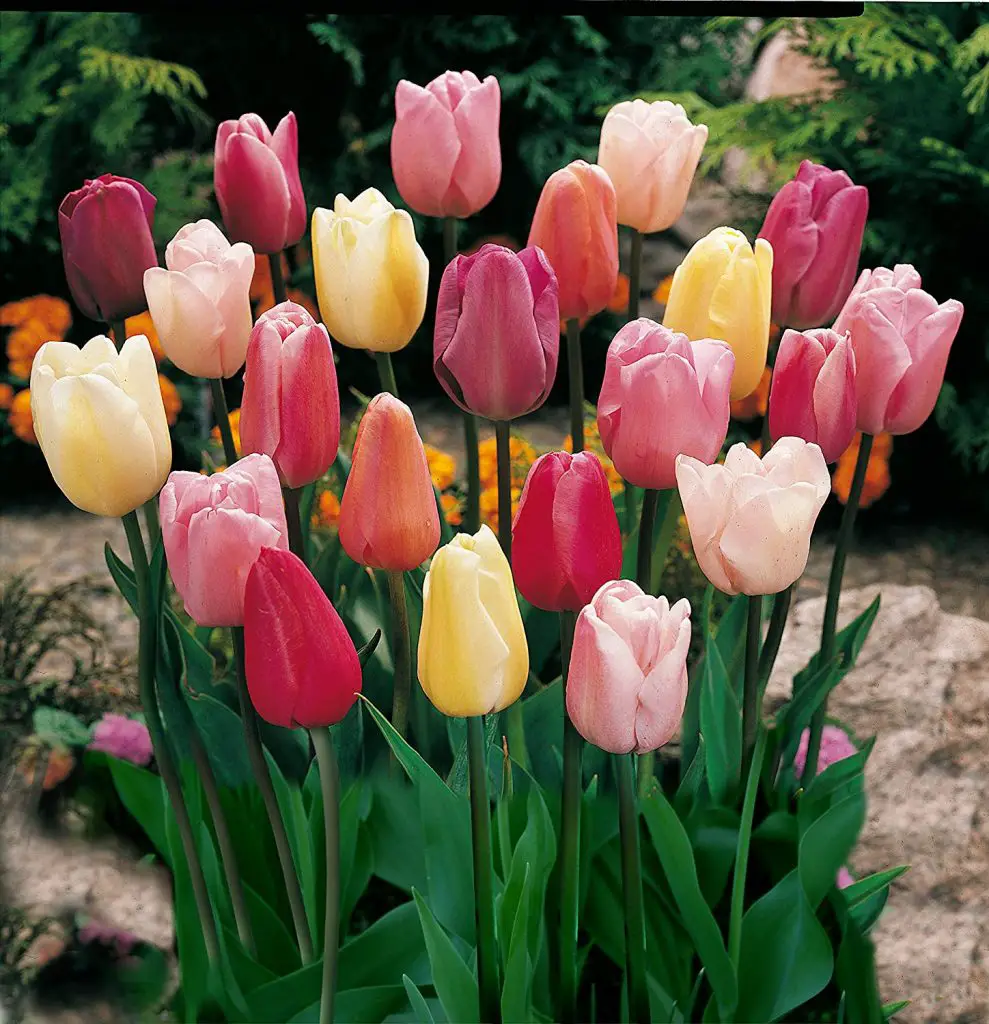
Tulip is a famous flower in Europe countries.
Just like rose, tuplip is another famous flower all around the world, especially in Europe countries. Tulip also has various meanings according to a separate color. For instance, the red tulip is the flower of love and fame but yellow tulip means one-sided love.
So that’s the end of our blog about Japanese flower meanings. Hope that you did learn some interesting knowledge about hanakotoba and can apply it to color your life. Just remember that one flower can share many different meanings so let’s choose wisely.


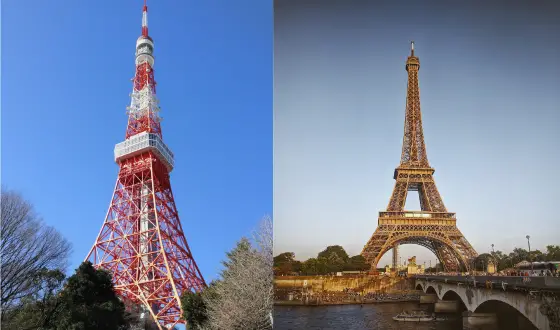

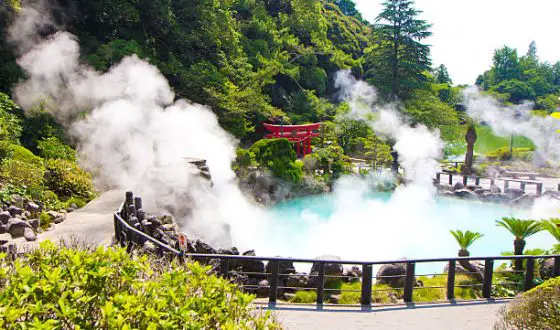





Hi, may I ask a question?
Hi Zain,
How may we help you?